There are some shared moments which remain part of our lives long after they have happened.
Whether it’s a global news event like a royal wedding, a sporting victory such as Emma Raducanu’s US Open triumph, or a cultural phenomenon like the opening ceremony of the London 2012 Olympics, they’re milestones set to be referred to long after they took place.
But what we don’t always remember is that some of these remarkable moments happened on the same day as another, equally memorable one. Bitesize has taken a look at three dates in history where more than one noteworthy event occurred.
5 October 1962: From London With Love (Me Do)
In 1962, the UK charts contained hits from artists such as Cliff Richard, his backing band The Shadows, and jazz musician Acker Bilk. American acts including Elvis Presley and Ray Charles were also making an impact, but in October of that year, The Beatles began a chart career which would make them one of the biggest selling bands of the 1960s - and all time.
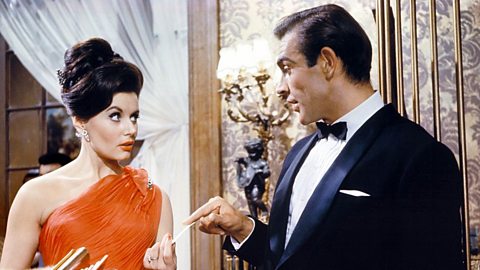
The group of Paul McCartney, John Lennon, George Harrison and Ringo Starr had already built up a fanbase as a live act, performing around their home city Liverpool and then a string of successful gigs in Hamburg, Germany. Their first single, Love Me Do, was originally written by Paul McCartney in the late 1950s and released in the UK on 5 October 1962. It reached number 17 in the charts but their next two singles, Please Please Me and From Me to You would reach number two and number one respectively as Beatlemania took hold.
The lucky guests who attended a glitzy gala film premiere at the London Pavilion in Piccadilly Circus that evening, may well have heard Love Me Do on the radio for the first time as they got ready to see an exciting new release. Doctor No, the first James Bond film, was unveiled on the same day.
Sean Connery played Bond in the first film. The secret agent would go on to be played by the actors George Lazenby, Roger Moore, Timothy Dalton, Pierce Brosnan and Daniel Craig in the official series of movies, which now numbers 25 with the delayed release of 2020’s No Time to Die.
The Beatles and Bond - two UK icons which, as equally iconic London buses sometimes do - turned up at exactly the same time.
22 November 1963: The world loses three major figures
The assassination of US president John F Kennedy was such a global shock, people who were alive that day are still able to recall where they were when the news reached them.
With events from the incident in Dallas, Texas, dominating the headlines and news coverage, it is perhaps understandable that two other deaths of significant figures are not always linked to the same date.
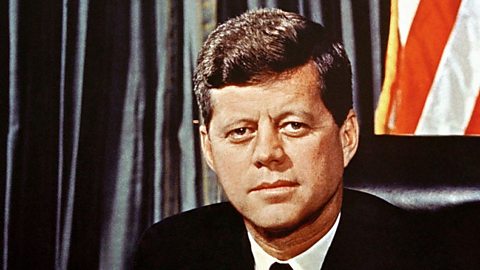
Authors CS Lewis and Aldous Huxley also passed away on 22 November 1963. Lewis was best known for his children’s novel The Lion, the Witch and the Wardrobe and others featuring the world of Narnia. Huxley’s Brave New World, published in 1932, predicted a future which included television and videoconferencing.
Although the deaths of the three men are not always connected, in 1982, the novelist Peter Kreeft wrote Between Heaven and Hell. It depicted Kennedy, Lewis and Huxley meeting in the afterlife immediately after their deaths, to discuss philosophy.
8 April 1967: A tale of two victories
TV viewers in the UK would have witnessed memorable triumphs in two very different events as this particular day progressed.
At 3.20pm, the Grand National steeplechase took place at Aintree Racecourse. One horse given little hope was Foinavon - the bookmakers’ 100-1 shot as the race got underway.
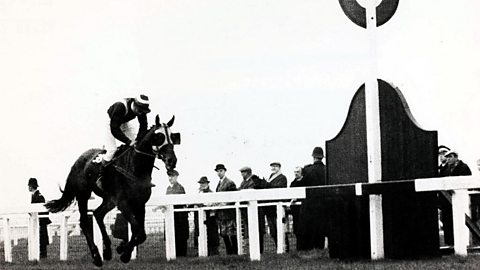
Foinavon was, as expected, lagging behind when the leading pack reached the 23rd jump of the course. Then, a horse which had lost its jockey was caught up with the front runners. It caused mayhem, with several jockeys unseated.
Foinavon was too far behind to be involved and his jockey, John Buckingham, steered him around the chaos to clear the 23rd safely. He went on to win the race. It was one of the biggest upsets in Grand National history and the 23rd fence at Aintree now bears Foinavon’s name in his honour.
While all that was happening, over in Vienna, Austria, a British pop star was preparing to do something that no other act had ever managed to achieve. Sandie Shaw was the United Kingdom’s entry in the 1967 Eurovision Song Contest. After making its debut in 1957, the UK had yet to win - finishing second a frustrating five times.
Going out on stage barefoot, as was her trademark, Sandie performed her catchy song Puppet on a String to a great reception and won by the same sort of length Foinavon had enjoyed earlier that day. The song went to number one in the UK and was a hit around Europe, while the dress Sandie wore that evening was recently restored for display at London’s Victoria & Albert Museum.
The Moon landing: What else was happening back on Earth?
While everyone looked to space, there was plenty going on at home.
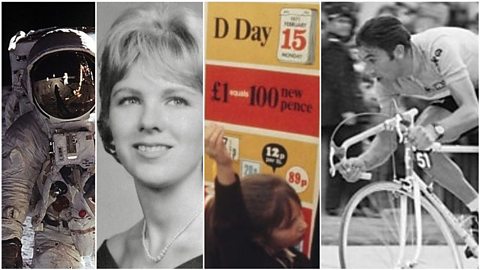
The ultimate fictional spy quiz
Your mission, should you choose to accept it, is to test your secret agent knowledge.
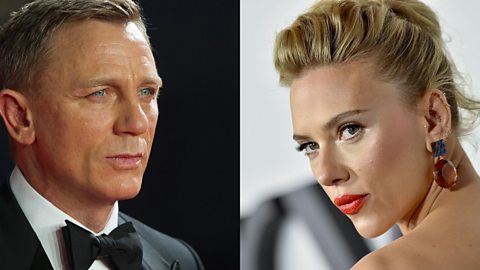
Six stories behind horse racing jargon
Why a dark horse can win hands down on the final furlong even if they're not a front runner.
